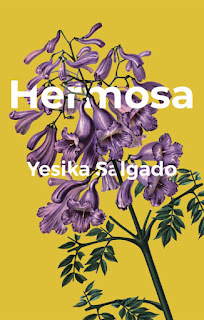That book came out in 2013 but there is more to tell, and so Keister's forty-sixth book is born with the all-new title of "Heart-Land: Growing Up In The Middle Of Everything (Expanded Edition)" ($12.99 in paperback, independently published; also for Amazon Kindle).
The new book brings in the chapters from the earlier tome, adds a few to round out the kid years, and then takes Keister into an emerging adulthood with little interest in academics but very great interest in dark rooms; well, photography darkrooms. What develops is funny, wry, poignant.
That section concludes with his "death-defying road trip" to California in 1968, but the book itself ends with ten short pieces: "addendums, anecdotes and associated aggrievements."
That includes the incredible story of what happened when, in 1965, "I acquired close to three hundred 5"x7" glass negatives" from a friend, which turned out to have hundreds of images of Lincoln residents from the early twentieth century, mostly of the city's Black population. But who was the photographer? That took decades to determine, but in 2012, after an exhibition sponsored by Chico State, the Smithsonian's new National Museum of African American History and Culture took notice.
Keister calls himself a "word-miner," starting with teenage fascination about any "colorful word or phrase," including euphemisms, dagnabbit. Speaking of which, in the "Real Sex!!!" chapter he writes of his "first standard-issue embarrassing sex" at 21 in Berkeley. "Intoxicants were involved. In brief (and I can assure you that is precisely what it was) my experience was akin to shaking up a warm can of Coca-Cola for, let's say, about four years, and popping the top."
Now, even though he's technically a "senior citizen," "people often call me Dougie, and most days I wake up with a child-like sense of wonder…. I chalk it up to my great fortune of growing up in the middle of everything."



